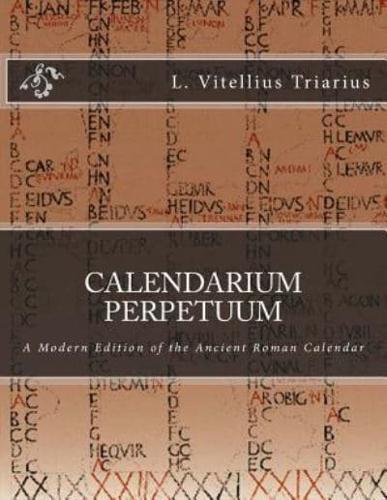Publisher's Synopsis
"Happy he who has passed his whole life mid his own fields, he of whose birth and old age the same house is witness....For him the recurring seasons, not the consuls, mark the year; he knows autumn by his fruits and spring by her flowers."
Claudian, Carmina Minora (XX)
The Roman calendar originally was determined by the cycles of the moon and the seasons of the agricultural year, and was said to be invented by Romulus, the first king of Rome, around 753 BCE. After several changes over the course of the centuries, the current formula was worked out. According to Livy (I.19), it was Numa Pompilius, the second king of Rome (715-673 BC), who divided the year into twelve lunar months. Later, in honor of his reform, the month of Sextilis was renamed Augustus. It was that month, says Macrobius (I.12), that Augustus first had been elected consul, Egypt had become part of the Roman empire, and the civil wars ended. August also was the eighth month and appropriate for someone who earlier had been named Octavian.
Calendarium Perpetuum, or Perpetual Calendar in Latin, contains all the elements of the original calendar; i.e., Latin dies, nundinal letters, market days, and Roman Festivals and Ludi (Games). It also contains explanations on the Kalends, Nones, and Ides of the month, plus Moribus diérum, or Character of Days in the Calendar. From the modern perspective, the calendar lists modern and nundinal year conversion tables, current days, and has been designed for use year after year.










